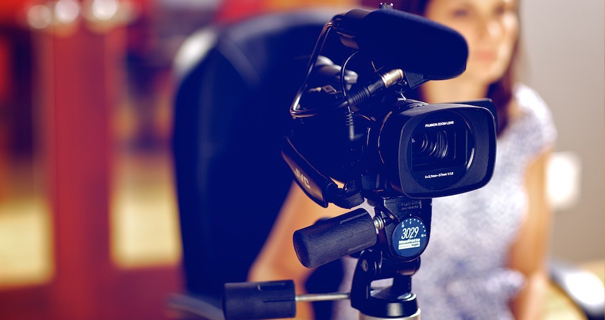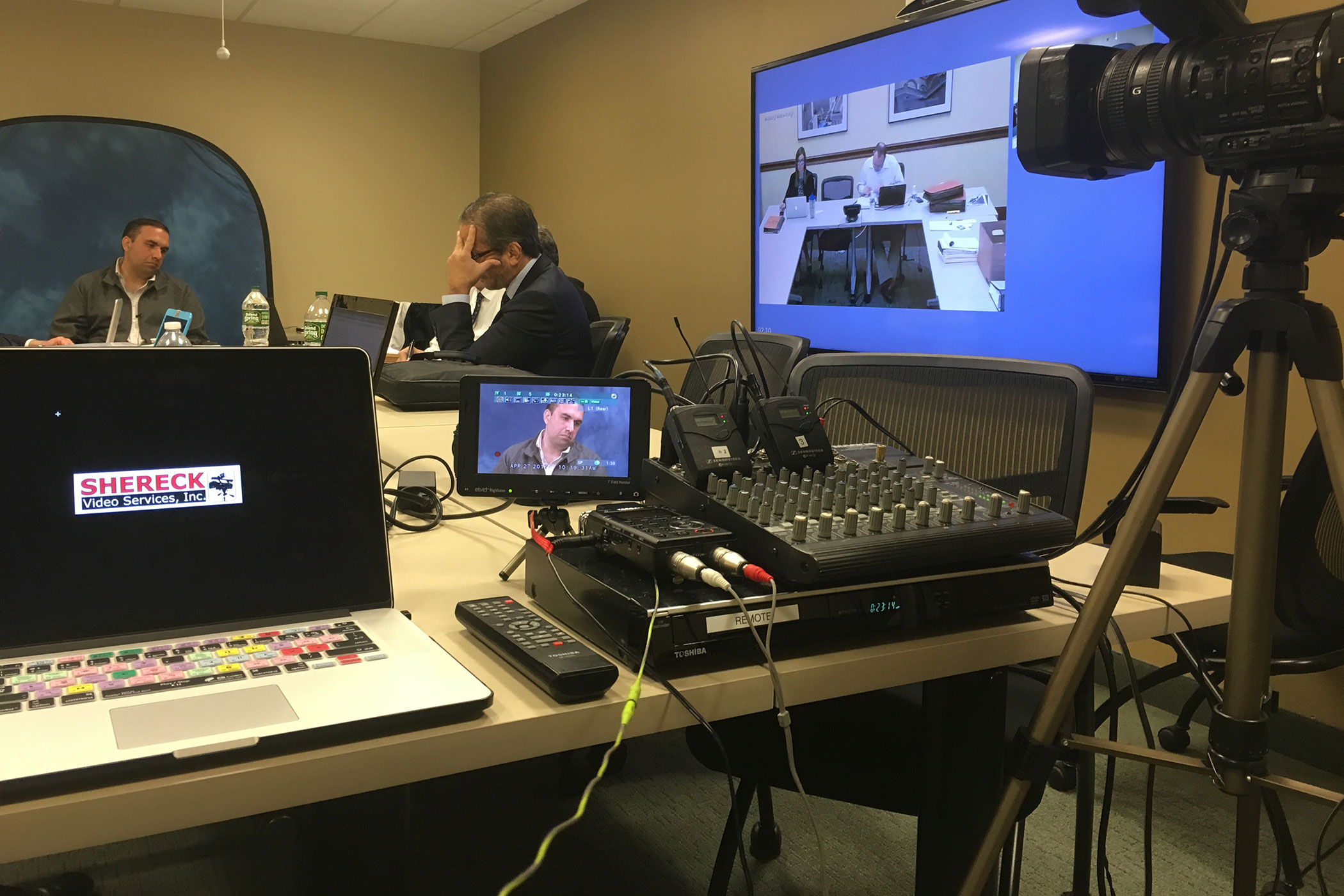Exploring the Systems of Lawful Videography: Introduction Its Procedure in Shielding Authentic Aesthetic Statement for Judicial Process
In the world of judicial procedures, the role of legal videography stands as a keystone in protecting and offering aesthetic proof. As modern technology proceeds to advancement, the systems behind legal videography have actually ended up being increasingly intricate, supplying an essential layer of credibility to statements recorded on video clip.
Historical Advancement of Legal Videography
Examining the historical progression of lawful videography reveals a considerable transformation in the catching and presentation of visual proof within the lawful landscape. In the past, legal procedures greatly counted on composed pictures and transcripts to document occasions and give proof. Nonetheless, with the advent of video clip modern technology, the legal sector witnessed a paradigm shift in how visual statement was recorded and presented.
The evolution of lawful videography can be traced back to the late 20th century when improvements in video clip recording equipment made it more accessible for use in courtrooms. This technical improvement not just enhanced the precision and reliability of aesthetic proof however likewise revolutionized the way instances were presented to courts and courts (Legal Videography). Attorneys began to recognize the influential power of video clip recordings in communicating feelings, nuances, and non-verbal hints that composed photos or records alone might not capture properly

Technology Innovations in Video Clip Paperwork
What essential technological improvements have revolutionized video clip paperwork in the legal field? The legal field has seen substantial developments in video documents innovation that have actually enhanced the credibility and integrity of aesthetic evidence in judicial process. One of the essential improvements is high-definition (HD) video recording capabilities, which give crystal-clear images and sharp information that are crucial for properly capturing testimonies, faces, and various other visual hints. Furthermore, the combination of timestamping and metadata functions in video clip documentation devices has actually enabled accurate documents of when and where the video clip was recorded, ensuring the integrity of the proof provided in court.
Additionally, developments in video encryption and watermarking modern technologies have actually reinforced the safety and security and tamper-proof nature of video proof, safeguarding it against unapproved changes or tampering. The development of cloud storage space remedies and remote accessibility capacities has streamlined the storage space, access, and sharing of video evidence, assisting in smooth collaboration among legal professionals and ensuring efficient access to essential aesthetic testaments when needed. These technical innovations in video clip documents have undoubtedly transformed the legal field, enhancing the precision, trustworthiness, and admissibility of visual proof in judicial process.
Function of Lawful Videographers in Court Settings
The advancement of video clip documents innovation in the legal area has actually demanded a crucial duty for legal videographers in courtroom settings, making sure the stability and reliability of aesthetic statements offered during judicial proceedings. Lawful videographers play an essential role in capturing and maintaining precise visual proof that can be critical in lawsuit. Their obligation reaches establishing up equipment, tape-recording proceedings, and generating high-grade videos that accurately mirror the events in the court room.
In court settings, legal videographers must comply with strict standards and standards to keep the credibility of the aesthetic record. They have to possess a keen eye for information and a detailed understanding of legal treatments to ensure that the video they catch is a real representation of the occasions that took place. Furthermore, legal videographers usually work carefully with lawful teams to ensure that the video clip proof aligns with the instance's demands and can be properly presented in court to support the lawful disagreements being made. Overall, the role of legal videographers in court room setups is crucial in maintaining the concepts of justice and ensuring the transparency of legal process.

Ensuring Admissibility and Honesty of Video Proof
To maintain the integrity of visual evidence provided in legal process, go to this web-site ensuring the admissibility and stability of video clip proof is an important responsibility for legal videographers. Admissibility describes the approval of proof by the court, and for video proof to be permissible, it must meet specific standards. Legal videographers play a vital duty in ensuring that the videos they capture comply with the policies of evidence, such as significance, dependability, and credibility.
Integrity of video proof entails maintaining the creativity and precision of the video from the moment it is tape-recorded until it exists in court. This includes securely saving the video files, recording the chain of protection, and protecting against any type of tampering or changes. Legal videographers need to follow rigorous methods to ensure the stability of the video evidence and stop any type of obstacles to its authenticity.
Future Trends in Legal Videography
Given the increasing dependence on modern technology in lawful process, legal videographers are positioned to accept ingenious developments see shaping the future of visual testament capture and presentation. One of the famous fads coming up is the assimilation of online truth (VR) and boosted truth (AR) modern technologies into legal videography. These technologies have the possible to transform how aesthetic evidence exists in courts, enabling discretionary to immerse themselves in the scene of the crime or case.
Additionally, the use of synthetic knowledge (AI) algorithms for video clip analysis is anticipated to improve the procedure of examining and analyzing big amounts of video footage. AI can help in recognizing essential minutes, anomalies, and patterns within video clips, improving the performance of legal examinations.

Conclusion
Finally, legal why not find out more videography has played a critical function in providing genuine visual proof for judicial proceedings. With technical innovations and the proficiency of lawful videographers, the integrity and admissibility of video proof are ensured in court settings. As legal videography remains to evolve, it will be important to maintain criteria that maintain the accuracy and integrity of visual testament for the future of legal procedures.
Checking out the historical progression of lawful videography reveals a substantial transformation in the capturing and presentation of aesthetic evidence within the legal landscape.The development of video clip documents technology in the legal field has demanded a critical role for legal videographers in courtroom settings, making certain the integrity and reliability of visual statements presented during judicial proceedings. Additionally, legal videographers typically function closely with legal teams to ensure that the video evidence straightens with the case's requirements and can be efficiently presented in court to support the lawful debates being made.To keep the reliability of visual evidence presented in lawful process, making certain the admissibility and honesty of video clip proof is a crucial obligation for legal videographers. As legal videography proceeds to evolve, it will be crucial to promote criteria that preserve the accuracy and reliability of visual statement for the future of legal proceedings.